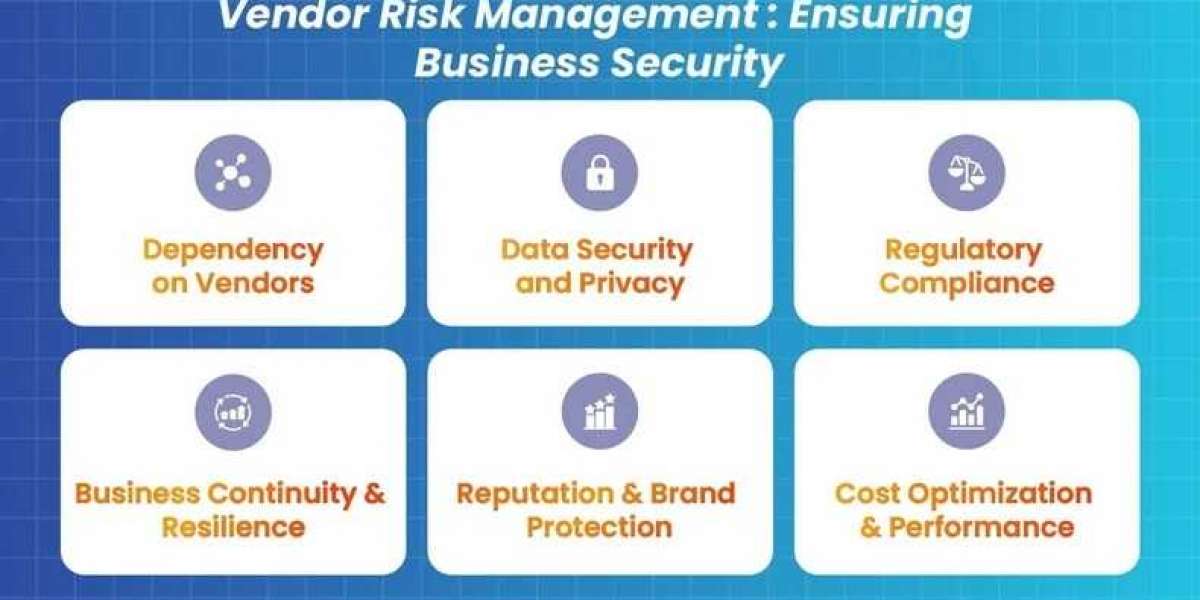For insurance companies, a VRM framework is a structured approach designed to identify, evaluate, manage, and reduce potential risks stemming from external insurance software vendor and service providers.
Think of the vendor security assessment framework as the foundation of a building—it supports the entire vendor security assessment structure, ensuring that each component, from risk assessments to ongoing monitoring and incident response, functions in an organized and interconnected manner. This structured approach is critical, as it allows organizations to systematically recognize threats, assess their impact, and implement appropriate risk controls. Without a robust framework, companies may resort to reactive, uncoordinated measures, increasing their vulnerability to compliance failures and security risks.
Regulatory Compliance for Insurance Vendor Risk Management
The insurance sector in the U.S., along with its third-party vendors, is subject to stringent regulations set forth by federal and state authorities. These regulatory requirements establish security, compliance, and operational standards that companies must follow to maintain integrity and safeguard sensitive data. Key regulatory frameworks include:
Insurance Data Security Model Law: Introduced by the National Association of Insurance Commissioners (NAIC) and widely adopted across various states, this law mandates that insurance companies implement comprehensive information security programs. A key component includes stringent guidelines for managing third-party vendor risks.
Office of the Comptroller of the Currency (OCC): While the OCC primarily regulates national banks, its risk management guidelines are frequently referenced by insurance companies to strengthen their third-party risk management strategies.
Federal Financial Institutions Examination Council (FFIEC): The FFIEC establishes uniform risk management and IT security standards for financial institutions, including insurers. Companies that rely on cloud-based platforms or handle sensitive customer data often align with these guidelines to ensure strong cybersecurity and vendor oversight practices.
Consumer Financial Protection Bureau (CFPB): This regulatory body oversees financial products and services, including those offered by insurance providers. Compliance with CFPB regulations ensures that companies maintain transparency and fairness in their third-party vendor interactions, protecting consumer interests.
By adhering to these regulatory frameworks, insurance companies can enhance their vendor security assessment processes, maintain compliance, and safeguard their operations against emerging threats.







